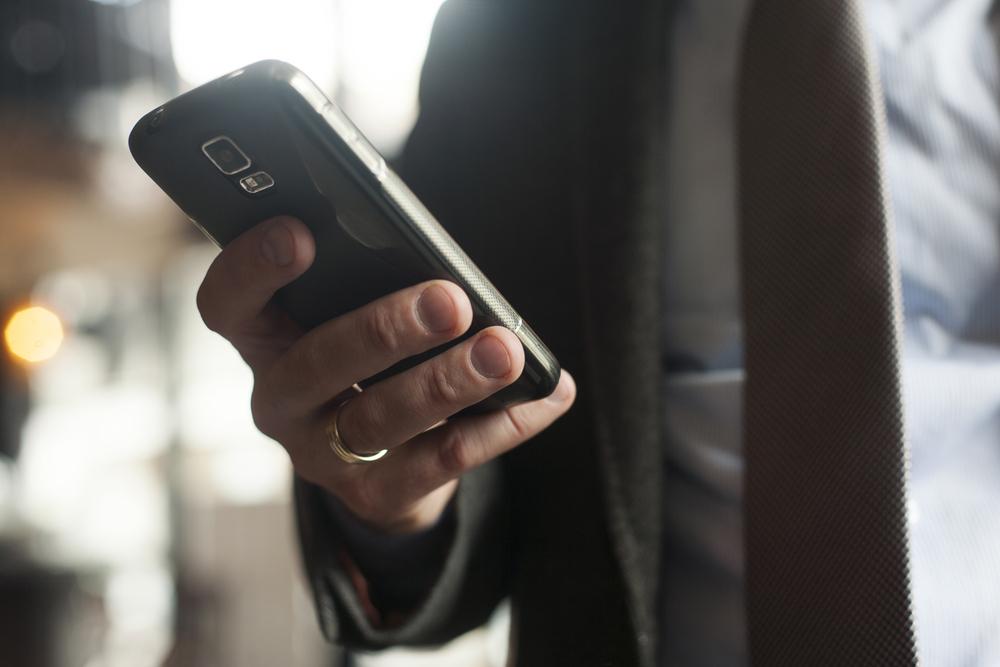The Use Of Digital Technology Shortens Human Attention Span To 8 Seconds
The rise of gadgets in the digital age has led to a decline in human attention span, which is less than a goldfish

In the digital age, where the news is limited to 140 characters and conversations take place in the form of emojis, our attention span has shortened. A recent study by Microsoft Corporation has found this digital lifestyle has made it difficult for us to stay focused, with the human attention span shortening from 12 seconds to eight seconds in more than a decade.
The rise of gadget use in the 21st century means our lives have become increasingly more digital at home, work, and school. In the U.S., nearly two-thirds of Americans are smartphone owners, with many users utilizing their phones for online access, according to a recent Pew Research Center poll. More than half of these smartphone users admit to using their phone in the past year to look up information about a health condition, but at what cost?
In the 54-page study, Microsoft sought to understand what impact technology and today’s digital lives are having on attention spans. The researchers collected data from surveys of more than 2,000 Canadians over the age of 18, who played games online to determine the impact of pocket-sized devices and the increased availability of digital media and information are having on everyday life. The researchers also monitored over 100 people’s brain activity with in-lab monitoring, using electroencephalograms (EEGs).
For the survey component, the researchers sought to gauge overall attention and gauge habits and perceptions by dividing the respondents into three equal sized groups based on performance — low, medium, and high attention — representing one-third of the sample. For the neurological component, participants’ brain activity was recorded and behavior was filmed while they interacted with different media and performed several activities across devices and in different environments. EEGs were used to measure their attention levels and activities were mapped against tasks and behaviors to view how attention varied by screen, task, content type, and structure.
The findings revealed human attention span has fallen from an average of 12 seconds in the year 2000 to just eight seconds today. Humans now have less of an attention span than a goldfish (nine seconds average). The decrease was seen across all age groups and genders in the study. Those in the age bracket of 18 to 34 had a 31 percent high sustained attention span compared to those age 55 and over at 35 percent. Meanwhile, males (33 percent) had a better attention span than females (31 percent). On a positive note, the researchers found the ability to multitask has significantly improved.
“Heavy multi-screeners find it difficult to filter out irrelevant stimuli — they’re more easily distracted by multiple streams of media,” according to the report.
The researchers did find generational differences when it came to mobile use. Young respondents were more likely to display addiction-like behaviors when it came to their devices. For example, 77 percent of people aged 18 to 24 responded “yes” when asked “When nothing is occupying my attention, the first thing I do is reach for my phone,” compared with only 10 percent of those over age 65. Out of the 18 to 24 age group, more than half admit to checking their phone every 30 minutes or less and over three-fourths used their portable devices while watching TV.
These findings coincide with a 2014 study by the British unit of advertising buyer OMD that found the average person shifts their attention between their smartphone, tablet and laptop 21 times in an hour. This suggests the human attention span is smaller due to the growing presence of these gadgets. The desire to be constantly connected can compromise attention but in exchange for being better multitaskers.
In the digital age, it seems the ability to stay focus is now a superpower. A weaker attention span could be the side effect of the brain having to adapt and change over time in the presence of technology. However, there are ways to improve our attention span amid the ongoing texts, tweets, and other interruptions.
How to increase your attention span
1. Drink More Fluids
A 2012 study published in The Journal of Nutrition found mild dehydration can cause you to lose concentration. It is imperative to stay hydrated even when you don’t feel thirsty. Men should drink 13 cups of total beverages a day while women should drink nine cups, according to the Mayo Clinic.
2. Exercise
A 2013 study published in the journal PLOS ONE found increasing your fitness level can do wonders for your attention span. Men who were part of a Spanish cycling team responded seven percent much faster than the less fit group in a computerized task. Exercising the body is exercising the brain.
3. Avoid Electronic Devices
A 2013 study found an office worker gets only 11 minutes between each interruption, while it takes an average of 25 minutes to return to the original task after an interruption. It’s better to give a task a dedicated time slot to solely focus on your work and ignore the irrelevant. Technological devices that are within reach can easily lure you in to decrease your attention span.
So how many of you go through this article without checking your other electronic devices?
Read the full article at the original website.
References:
- http://advertising.microsoft.com/en/cl/31966/how-does-digital-affect-canadian-attention-spans
- http://www.pewinternet.org/2015/04/01/us-smartphone-use-in-2015/
- http://www.brandrepublic.com/article/1225960/people-swap-devices-21-times-hour-says-omd
- http://www.mayoclinic.org/healthy-lifestyle/nutrition-and-healthy-eating/in-depth/water/art-20044256
- http://www.medicaldaily.com/brain-boost-sports-practice-fitness-has-attention-benefits-244986
- http://www.wsj.com/articles/SB10001424127887324339204578173252223022388
